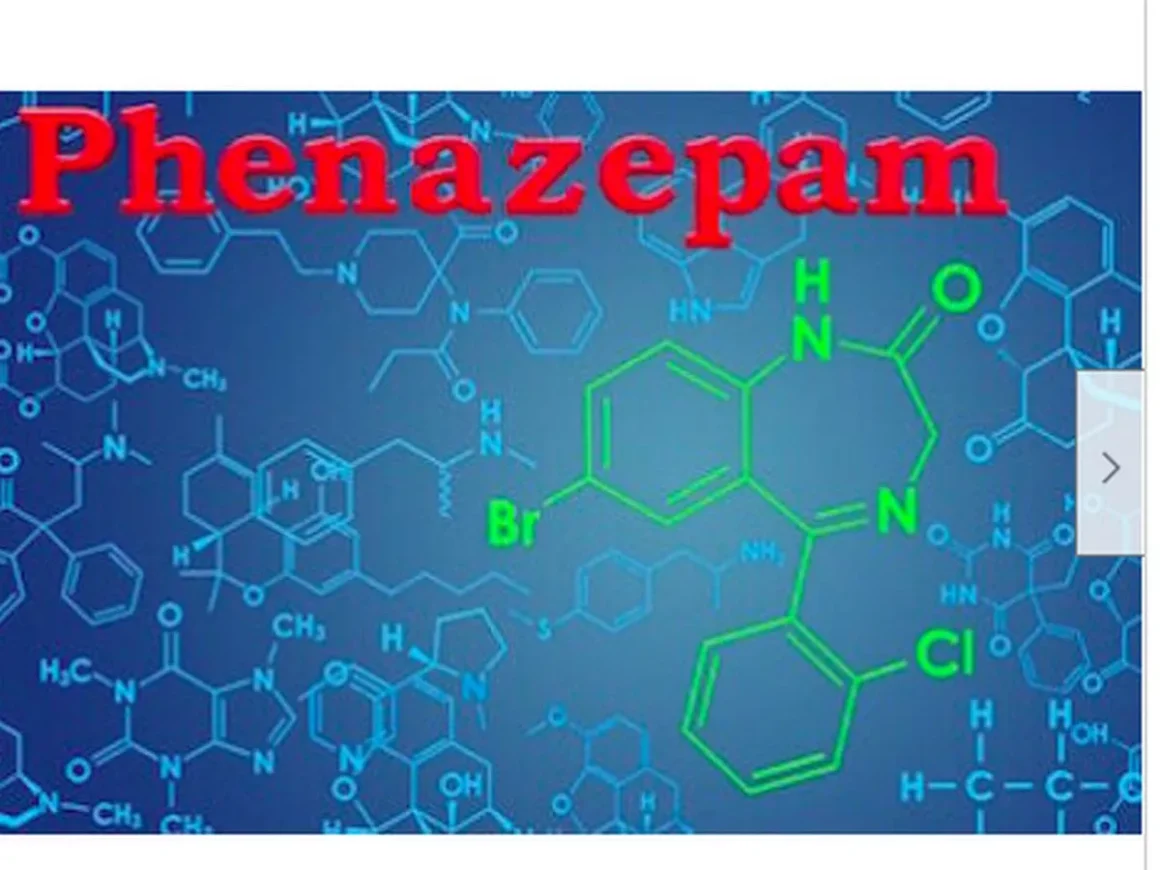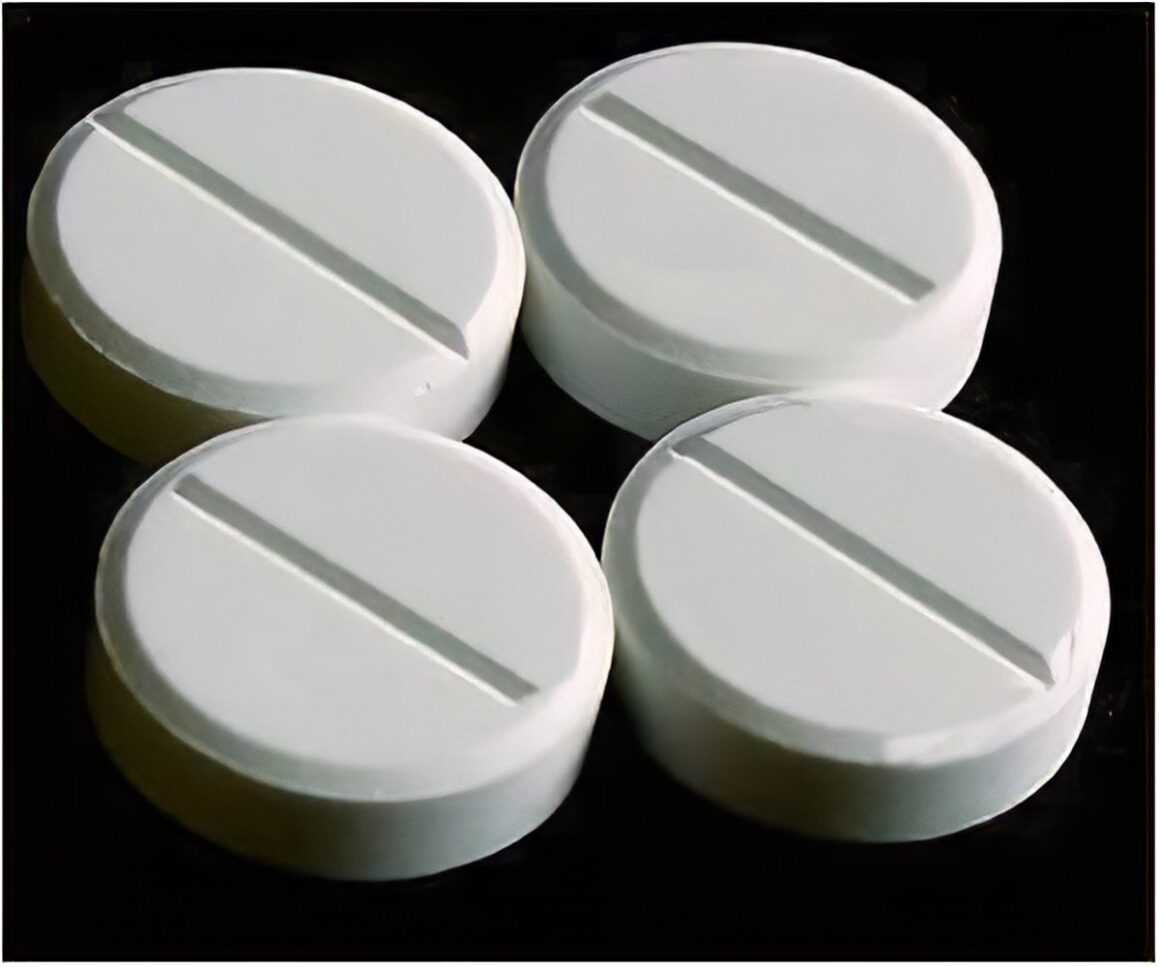Phenazepam synthesis is an innovative process that holds great potential for enhancing health and wellness. This groundbreaking approach involves the creation of phenazepam, a compound known for its therapeutic properties, as can be read on tor2door market review. In this article, we will delve into the science behind phenazepam synthesis and explore the various ways it can contribute to improving our overall well-being.
Understanding the Link Between Phenazepam Synthesis and Health

To comprehend the impact of phenazepam synthesis on health, it is essential to understand the compound itself. Phenazepam belongs to the benzodiazepine class of drugs, which are widely recognized for their anxiolytic and sedative properties. These characteristics make phenazepam a valuable tool in managing anxiety disorders, insomnia, and other related conditions that adversely affect mental health.
Through the process of phenazepam synthesis, scientists are able to produce this compound in a controlled environment, ensuring its purity and efficacy. This allows healthcare professionals to accurately prescribe and administer phenazepam to patients, resulting in more effective treatment outcomes. Moreover, the ability to synthesize phenazepam provides a sustainable and cost-effective solution, making it accessible to a broader population.
The Potential Benefits of Phenazepam Synthesis for Wellness
Phenazepam synthesis offers a range of potential benefits for wellness beyond its primary applications in mental health. Researchers are investigating its potential in pain management, muscle relaxation, and even as an adjunct therapy for certain medical conditions. The versatile nature of phenazepam allows for its adaptation into various forms, such as topical creams, oral medications, and injectables, catering to individual needs and preferences.
Furthermore, phenazepam synthesis opens up new possibilities in the field of alternative medicine. Practitioners can explore the integration of phenazepam into holistic approaches, combining traditional practices with modern science. This synergy has the potential to revolutionize wellness practices, offering a more comprehensive and personalized approach to individuals seeking optimal health.
Exploring the Science Behind Phenazepam Synthesis
Phenazepam synthesis involves a complex chemical process that requires expertise in organic chemistry. The compound is synthesized by reacting specific reagents under controlled conditions to ensure the desired outcome. Scientists meticulously monitor the reaction parameters such as temperature, pressure, and reaction time to achieve high purity and yield.
The synthesis of phenazepam follows several steps, starting with the preparation of the necessary starting materials. These materials are then combined and subjected to a series of reactions, resulting in the formation of phenazepam. The final product is then purified and analyzed to ensure its quality and safety for human use.
Phenazepam Synthesis Methods and Techniques
Various methods and techniques are employed in phenazepam synthesis, each with its unique advantages and considerations. One commonly used approach is the Grignard reaction, which involves the reaction of an organic halide with a magnesium reagent. This method allows for the introduction of different functional groups onto the phenazepam molecule, expanding its therapeutic potential.
Another technique used in phenazepam synthesis is the reduction of a precursor compound using a reducing agent such as lithium aluminum hydride. This method offers a straightforward approach to obtain phenazepam with high purity. Additionally, advances in technology have led to the development of automated synthesis systems, streamlining the process and improving efficiency.
Precautions and Safety Considerations When Engaging in Phenazepam Synthesis
While phenazepam synthesis holds great promise, it is crucial to acknowledge the potential risks and take appropriate precautions. The handling of chemical reagents and the synthesis process itself should be carried out by trained professionals in well-equipped laboratories. Strict adherence to safety protocols, including the use of protective gear and proper waste disposal, is paramount to ensure the well-being of both researchers and the environment.
Furthermore, it is essential to maintain strict quality control measures throughout the synthesis process to guarantee the purity and efficacy of the final product. Regular testing and analysis should be conducted to identify any impurities or deviations from the desired specifications. By prioritizing safety and quality, we can harness the true potential of phenazepam synthesis for health and wellness.
The Legal and Ethical Aspects of Phenazepam Synthesis for Health and Wellness

The legal and ethical considerations surrounding phenazepam synthesis are important factors to address. As with any therapeutic compound, regulatory bodies play a crucial role in ensuring its safe and responsible use. Strict regulations and guidelines govern the production, distribution, and prescription of phenazepam, safeguarding the interests of both patients and healthcare providers.
Ethically, the responsible use of phenazepam involves appropriate patient selection, accurate diagnosis, and diligent monitoring. The potential for misuse and addiction exists with any medication, and phenazepam must be prescribed judiciously to mitigate these risks. Collaboration between healthcare professionals, regulatory bodies, and patients is crucial in maintaining transparency and accountability in the synthesis and use of phenazepam.
Phenazepam Synthesis and Its Impact on the Medical Industry
The synthesis of phenazepam has the potential to revolutionize the medical industry, particularly in the field of mental health. As an anxiolytic and sedative, phenazepam offers an alternative to traditional medications, providing relief to individuals suffering from anxiety disorders and related conditions. Its potential use in pain management and muscle relaxation further expands its utility in various medical specialties.
Moreover, the cost-effectiveness of phenazepam synthesis can alleviate the financial burden on healthcare systems. By producing phenazepam in-house, medical institutions can reduce the reliance on expensive imported medications, making treatment more accessible to a wider population. This affordability factor can contribute to improved patient outcomes and overall healthcare sustainability.
Phenazepam Synthesis and Its Role in Alternative Medicine Practices
Alternative medicine practices often seek natural and holistic approaches to promote health and wellness. The integration of phenazepam synthesis into these practices opens up new avenues for comprehensive care. By combining the benefits of traditional healing methods with the scientific advancements of phenazepam, practitioners can offer more personalized and effective treatments.
For example, incorporating phenazepam into acupuncture or herbal medicine protocols may enhance their therapeutic effects, providing a more comprehensive approach to healing. However, it is important to ensure that these integrations are evidence-based and guided by rigorous research to ensure safety and efficacy.
Conclusion: The Future of Phenazepam Synthesis in Enhancing Health and Wellness

Phenazepam synthesis holds immense promise in the field of health and wellness. From its potential applications in mental health to its role in alternative medicine practices, phenazepam offers a new path towards optimal well-being. However, it is crucial to approach its synthesis and use responsibly, adhering to strict safety and quality control measures.
As we continue to explore the potential of phenazepam synthesis, collaboration between researchers, healthcare professionals, and regulatory bodies will be essential. By harnessing the power of this innovative approach, we can revolutionize healthcare and empower individuals to achieve their full potential in health and wellness.


